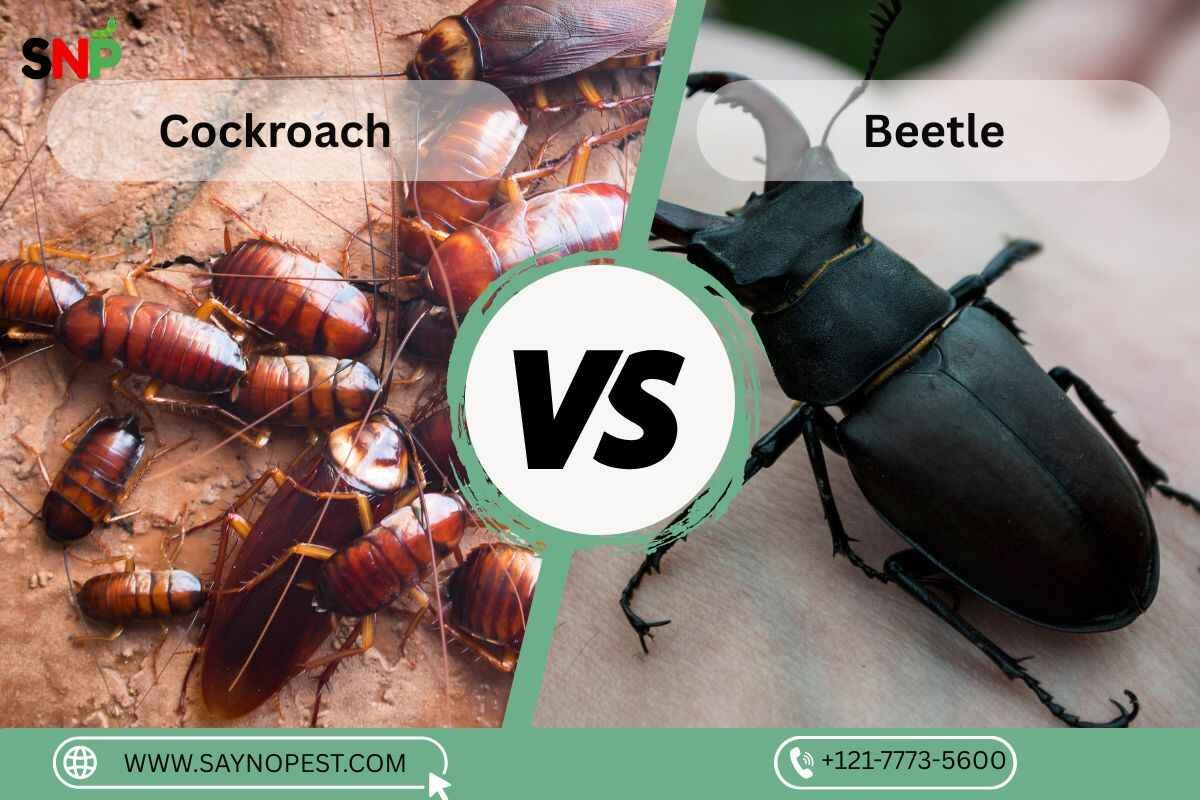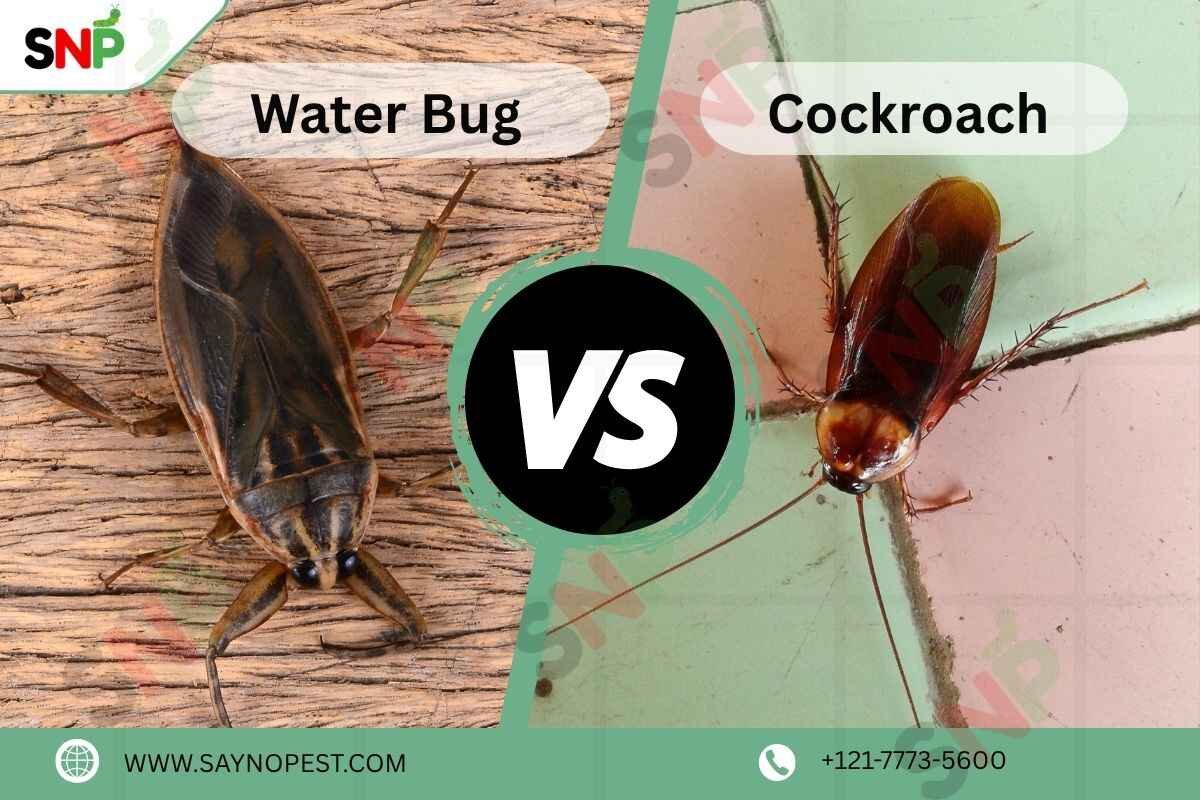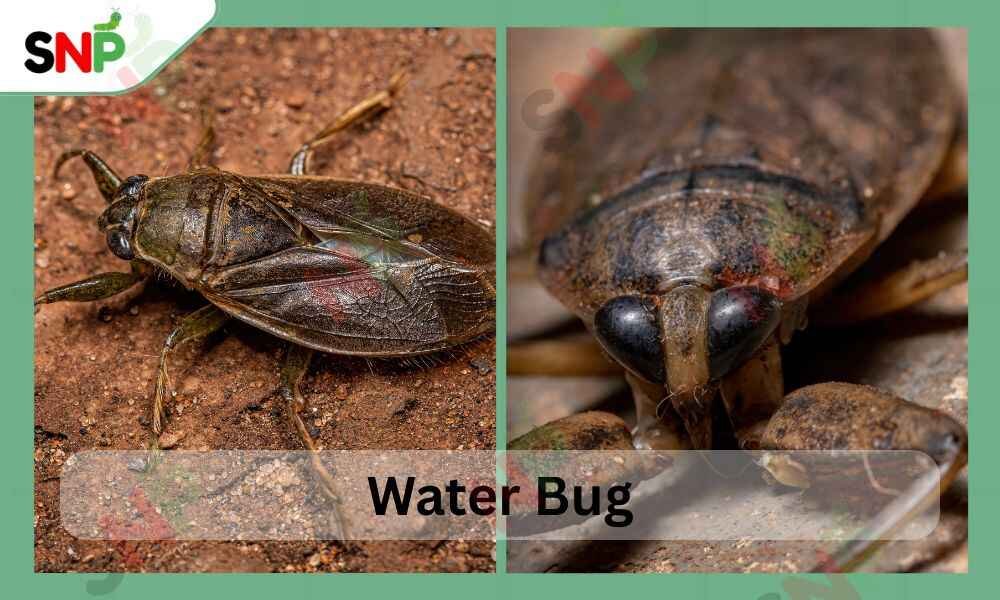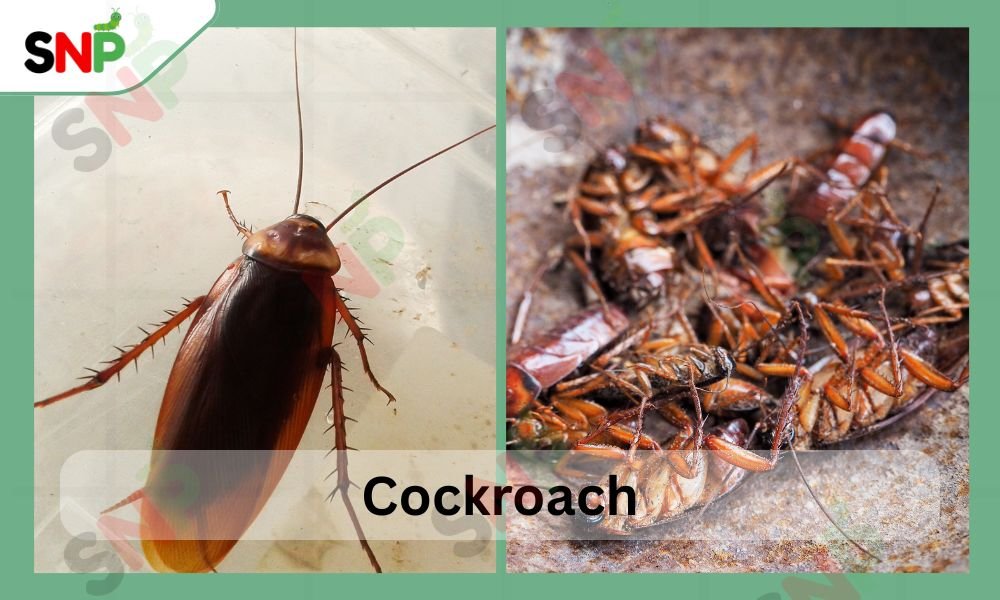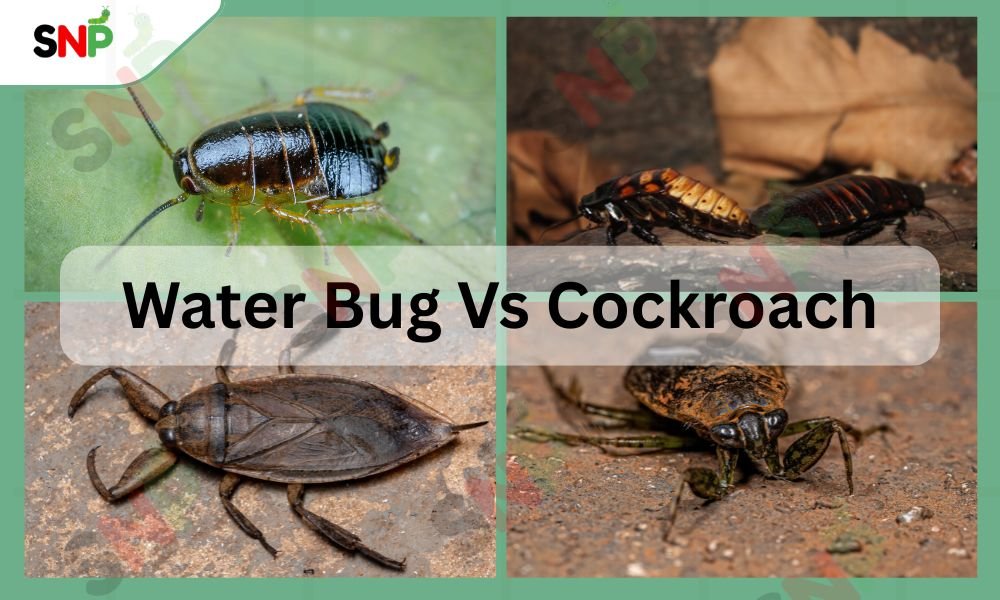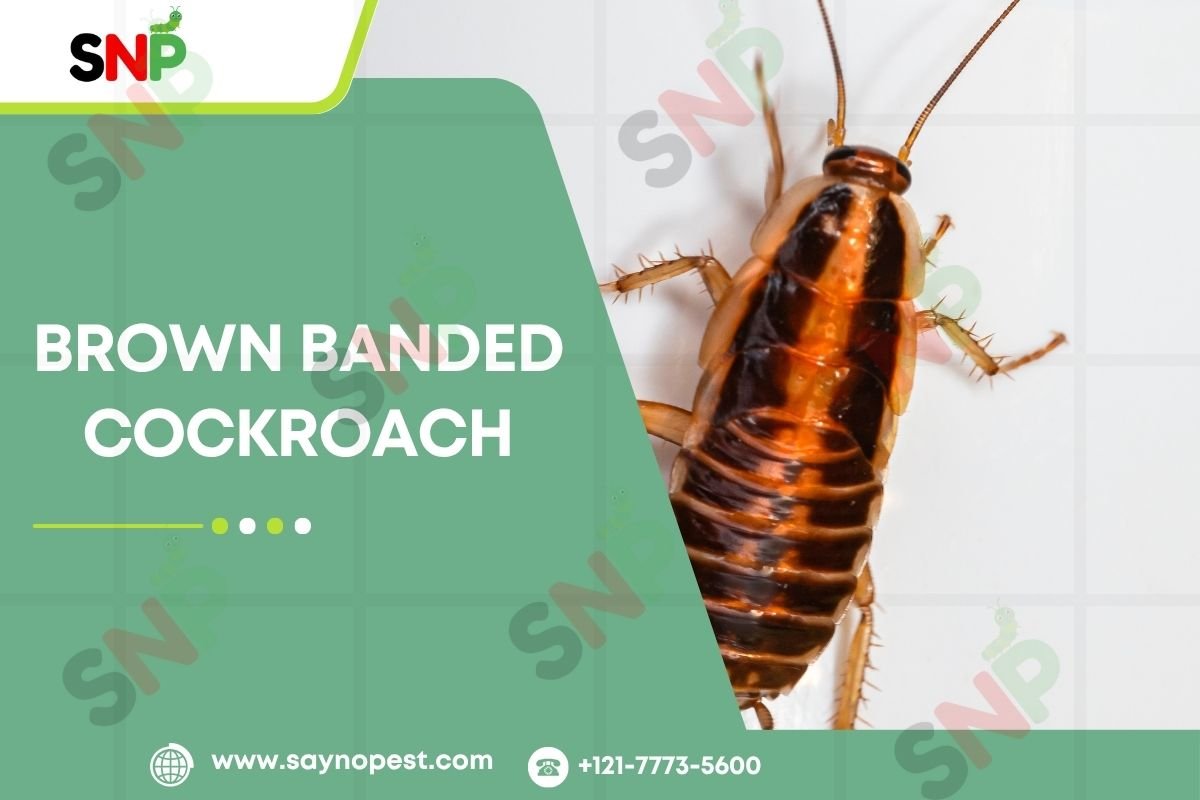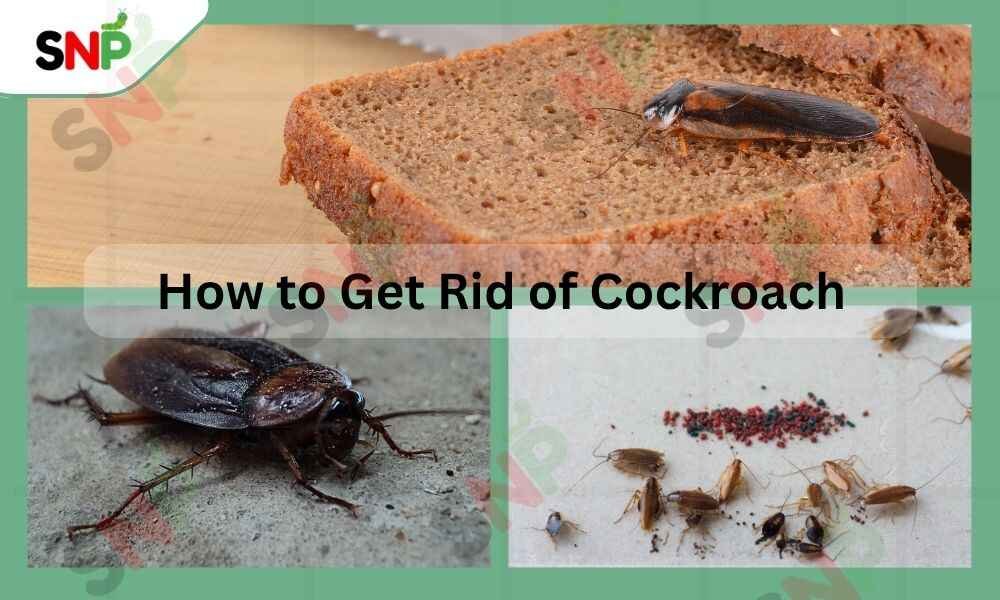If you’ve noticed a bug rushing around the kitchen or a few small holes in your clothes and not able to identify what is whether it is a cockroach or beetle then this blog will help you to make difference. It’s not uncommon to be unsure about this, especially when cockroaches and carpet beetles are invading the typical American house. In this blog, we are going to compare the major differences between cockroach vs beetle concerning their habitat, behavior, health risks, and the best removal strategies. This will be of great importance to your understanding of the situation, whether you are a homeowner or a business manager.
Cockroach vs Beetle: Habitat and Behavior
This Cockroach vs beetle is an interesting topic because while both can be domestic pests, their routines and their favored dwellings are quite diverse.
Cockroach
Being small and adaptable, they find places near water or food and this often includes the kitchen, bathroom, cellar and anywhere more damp. These cockroaches like the German and American stand by resting during the day and hunt down food when it’s nighttime. They are agile, gregarious, and usually, these qualities enable them to comfortably settled in huge groups that grow quickly.

Carpet beetle (a common beetle pest)
On the flip side, these beetles, fabric pests, are not of similar taste as their first choice is dark and undisturbed places such as the inside of a wardrobe, the attic, or places under the furniture. While cockroaches scavenge anything, i.e., they are omnivorous, carpet beetle larvae consume wool, silk, leather, and even pet hair, which is why they are resulting in damage to the carpet, clothing, or upholstery. Adult carpet beetles are attract to light, are hence mostly locate near windows, and are, quite the opposite of cockroaches, slow in their movement.
Behavioral differences
Cockroaches are mostly nocturnal, and living in crowds is a normal way for them, while most beetles, including carpet beetles, are solitary and active during the day. Cockroaches, as a rule, search for food scraps and garbage, and that’s where you can find them, but carpet beetles, in general, tend to be in places where organic debris is there.
Is It Easier to Manage a Beetle vs Cockroach Infestation Indoors?
In dealing with an indoor case of cockroach vs beetle, the methods of management and especially the level of difficulty change.
- Infestations of cockroaches are usually very difficult to get rid of. Cockroaches breed quickly, can hide in hard-to-reach places, and live on very little food. The most effective way is not only the sanitation but also the exclusion, the baiting, and, depending on the severity of the case, the professional pest control. The behavior of the pests allows them to come back if their living conditions are suitable.
- Carpet beetle infestations are likely high in numbers of species of carpet beetles but are less difficult to manage in comparison to the cockroach infestations. Infected materials should be discarded, vacuuming, and fabric laundering are methods suitable for cleaning the area to strive for major reduction in carpet beetle population. The source of the number of fabrics or food for the carpet beetle is very limited, thus they are easy to control. The chemical treatment should be mostly avoided if the infestation is not very high.

Simply, in most cases, the control of a carpet beetle infestation which occurs indoors is less tiring and it is safer than doing the same with a cockroach infestation.
Diseases Caused by Cockroach vs Beetle
One main difference between cockroach vs beetle is the health threats they present.
- Cockroach: They can spread different diseases from one place to another. For example, Salmonella, E. coli and Staphylococcus are some bacterial infections they can transmit, causing food poisoning and stomach as well as typhoid infections. Furthermore, cockroach filth, flakes of skin and droplets of saliva can increase the chances of asthma and allergies in children and others who are sensitive.
- Carpet beetle: Carpet beetles are not like cockroaches which can transmit diseases to people. The common health threat from carpet beetles is allergy attacks that result from the bristly hairs of their immature stage. This could lead to prickly skin and respiratory problems of those who are sensitive to this. Nevertheless, they don’t transmit pathogens of diseases.
Tips to Remove Cockroach vs Beetle
Effective tips for the removal of cockroach vs beetle differ from one pest to another :
Cockroach Removal Tips:
- Once the kitchen is clean, make sure it’s completely dry to stop cockroaches from appearing.
- Apply a form of sealant such as caulk or weather-stripping, to stop up any openings and cracks in your house.
- Choose special bait stations or bait formulated to effectively get rid of cockroaches.
- Regularly perform the task of vacuuming, and as soon as you done this work, throw the vacuum bag away.
- You can opt for boric acid or diatomaceous earth if they fit the place you are aiming at and are hard for anyone to reach.
- If the degree of infestation is too high, it is recommend that wild pest control services be hire.

Carpet Beetle Removal Tips:
- It is imperative to vacuum thoroughly and frequently carpets, furniture, and storage areas to get rid of carpet beetles.
- Wash the infested clothing and fabrics in hot water and dry them in the sun never in a dryer.
- Imprison the items that are susceptible to the attack of carpet beetles in air-tight containers.
- Tips to Remove Carpet Beetles from Your Home
- Check underneath the furniture, baseboards, and in the closets periodically to lead out the dirt and dust that the carpet beetles may be using for their habitation.
- For robust and continued issues, it may become inevitable to use a specific insecticide, which is limited but is rarely needed.
Conclusion: Cockroach vs Beetle—Know the Difference, Protect Your Home
Being aware of cockroach vs beetle is a vital lesson for the property owner and their family’s health who are familiar with the situation in America. Typically, cockroach invasions are widely known for their far-reaching health hazards and difficulty in removing, while carpet beetles are not. The threats are not so significant, and you can quickly manage things in addition to using clean clothes all thanks to your correct detection, the knowledge of their habits, and the application of the appropriate control methods that promise your home will be free of pests and your family members’ health will not be at risk. If by any chance one is having cockroach or carpet beetle issues and can’t get over them, an immediate decision or the help of an experienced pest control professional can eliminate the situation.
